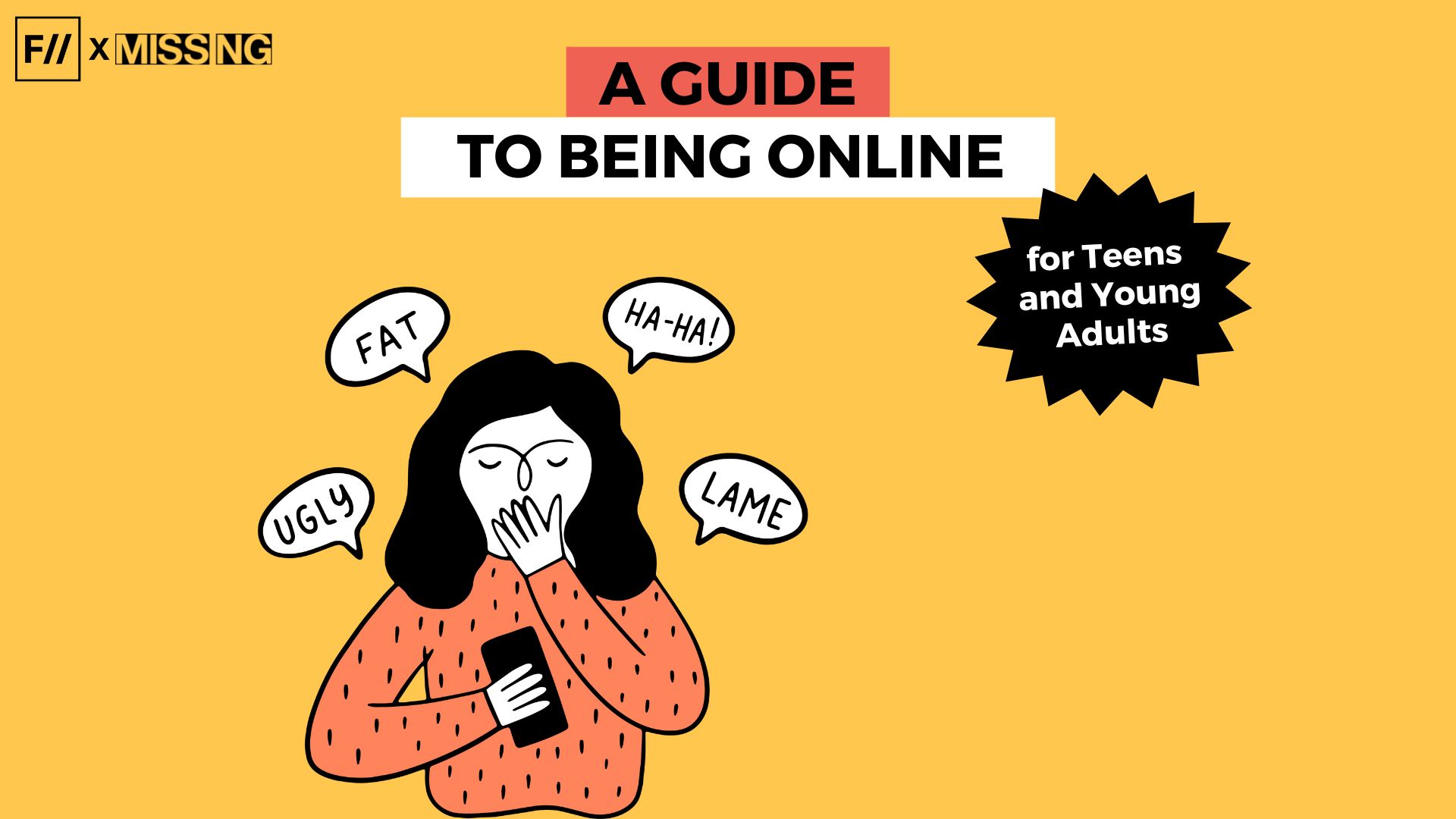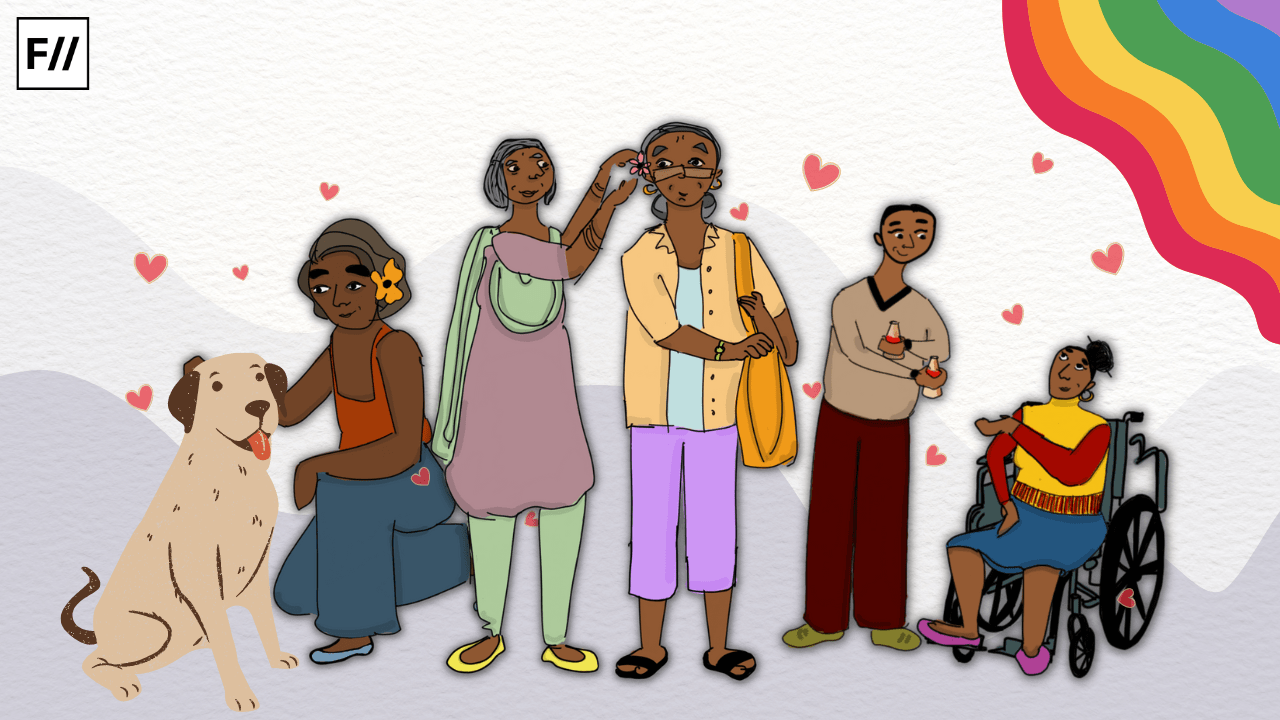FII along with the Missing Link Trust bring you ‘A Guide to Stay Online for Adolescents’. As teenagers stepping into the digital world seems as intriguing and exciting as getting a present. The power to share your mind and your thoughts with those around you is enthralling for most of the adolescent population.
However, social media has its pros and cons and while it may seem exciting to open your account on social media. It is important to do it with precaution and a knowledge of how to function in this digital space.
Exploring the digital world is one of the most fascinating things that one goes through during teenage, from playing video games to chatting and sharing memes. Social media is a fun and diverse world to be in.
But did you know, with the rise in the internet and covid-19 crisis, 50% of teenagers have increased the use of the internet by five additional hours?
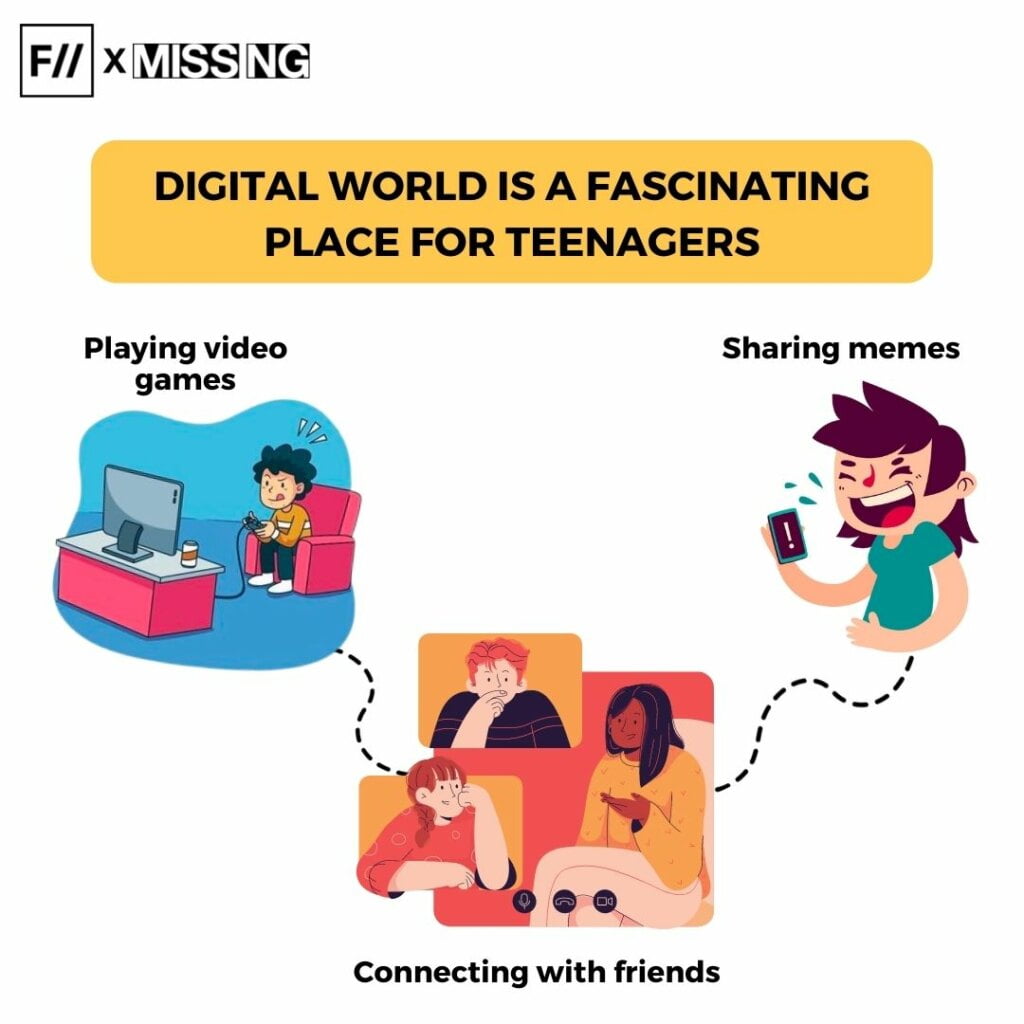
Meme culture can be toxic
While sharing memes is all fun and games, one does not know when your joke can turn into a derogatory statement for someone else.

Are private accounts really private?
The negative comment on your post can never come from a friend so despite having a private account, one needs to know their identity becomes public as soon as they set foot in the digital space.
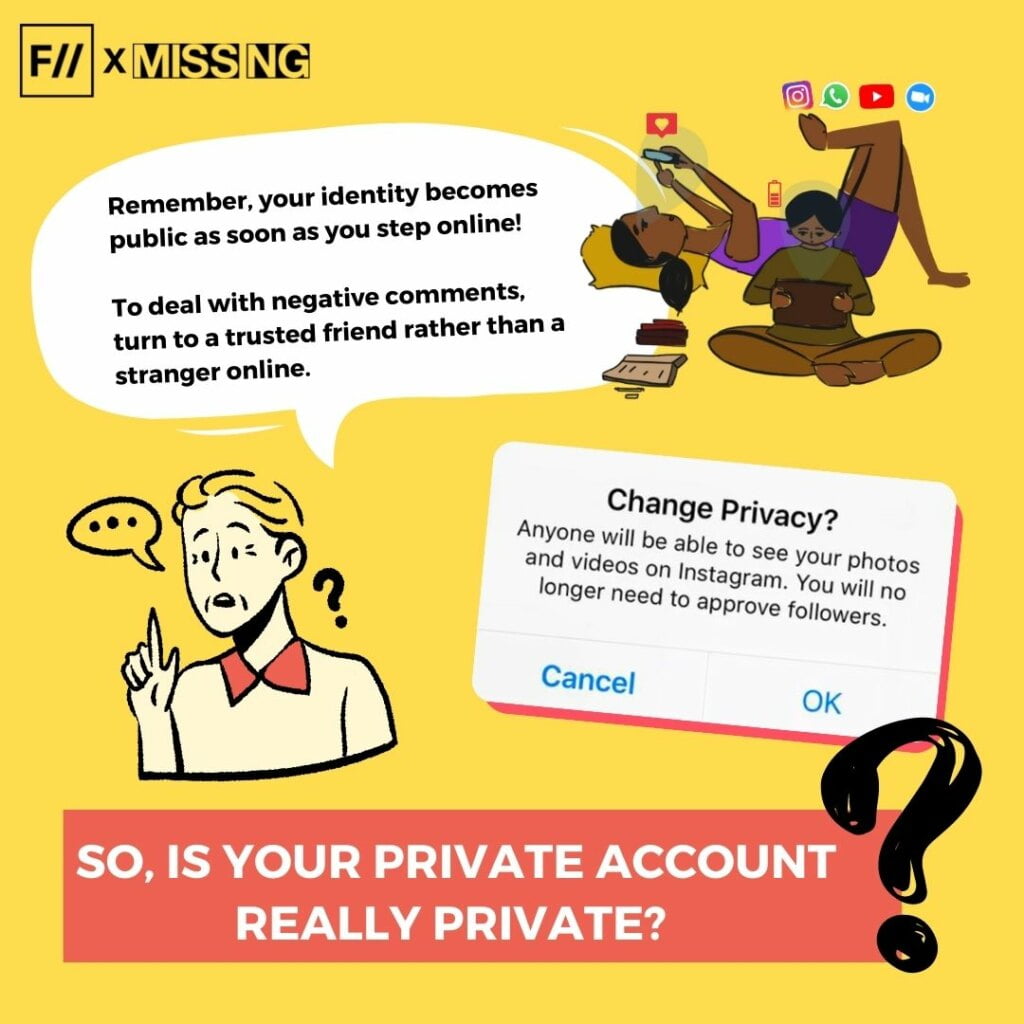
A stranger can never be a friend
While it may seem easy and nice to talk to someone who understands what you are going through, a stranger will always have a motive.
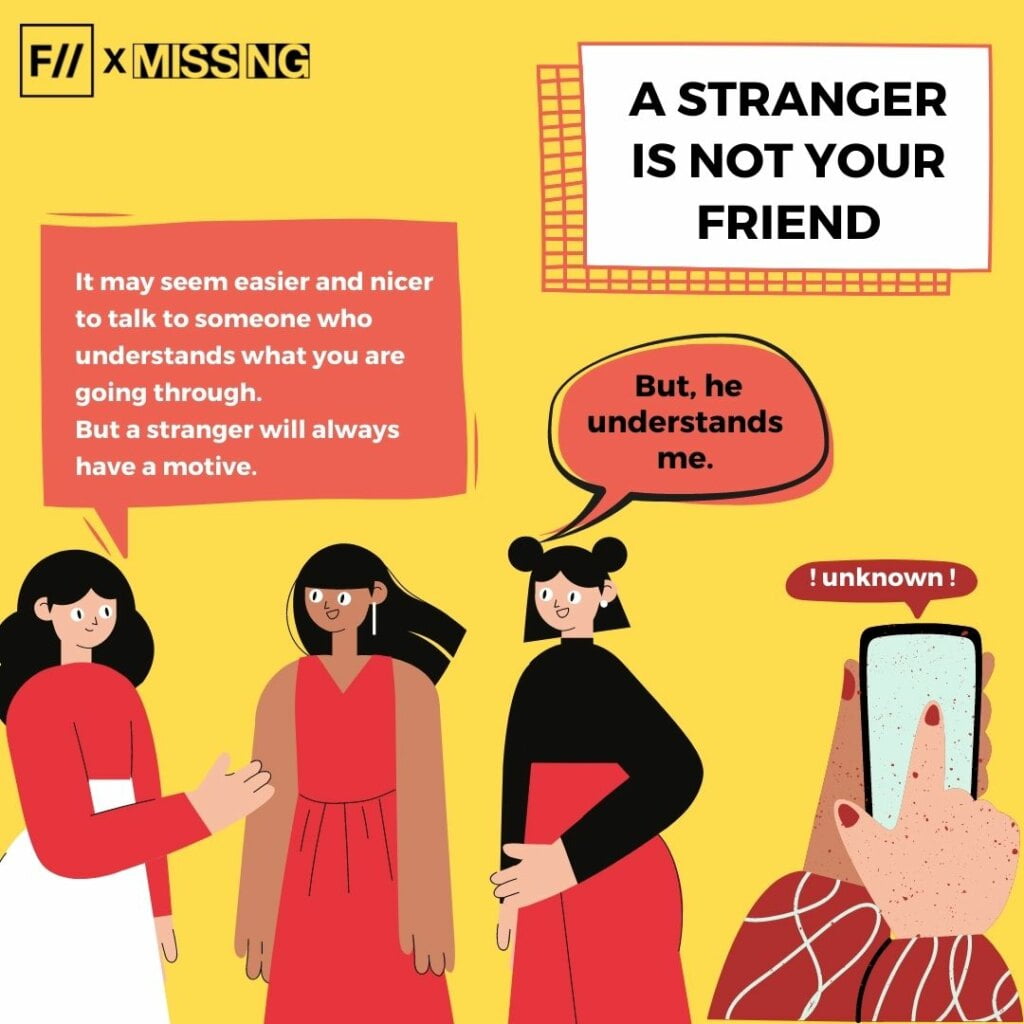
Red flags in an Online Chat
- You have never heard of them before.
- They ask for your pictures, address or phone number
- They ask you not to tell anyone about them
- They spend entire time talking to you
- They don’t reveal any detail about themselves
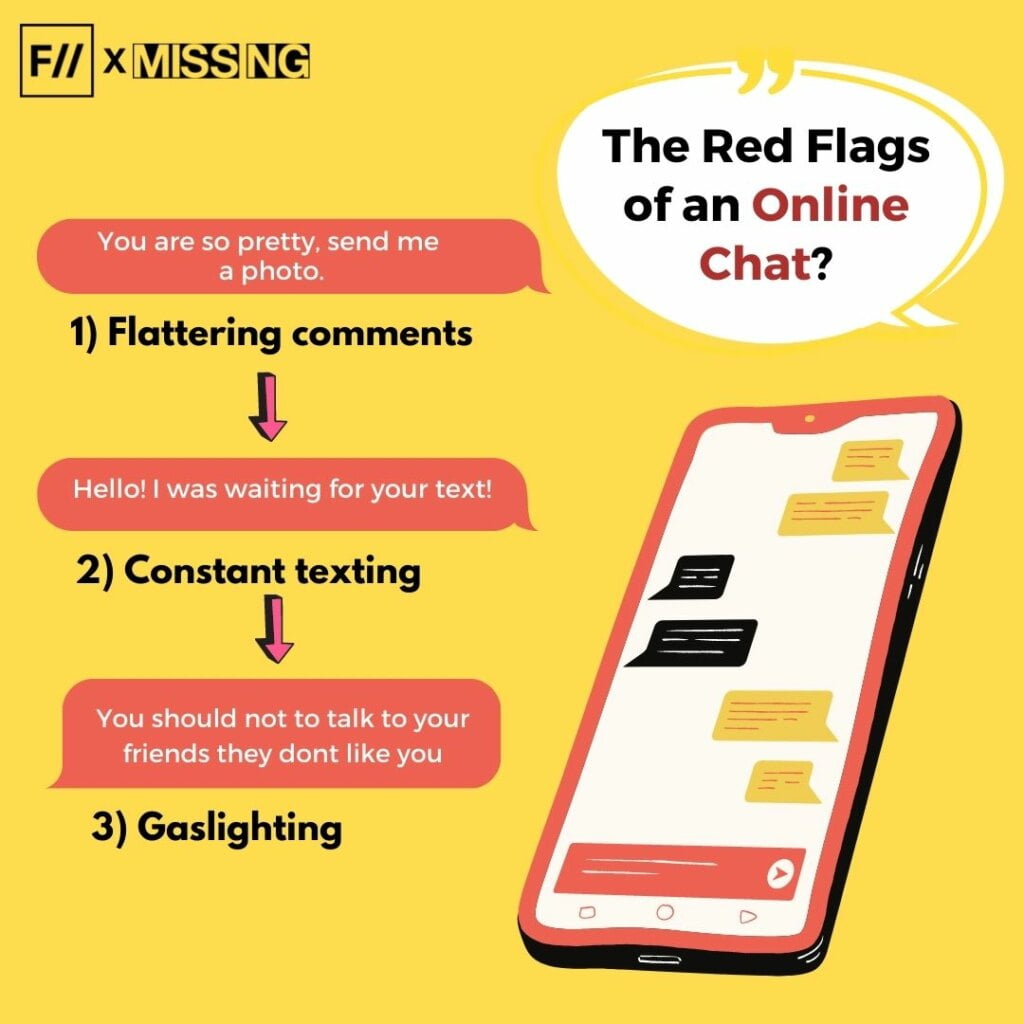
Do you think you are getting threatened?
In case you get any signals, know that you are not lost and there are ways to deal with online harassment.

Steps to protect yourself from online harassment.
- Step 1: Block and report the account
- Step 2: Confide in someone older, a counsellor or a teacher, a sibling or a close friend.
- Step 3: Maintain evidence of your chats, comments and threats in the form of a screenshot or screen record.
- Step 4: Contact a cybercrime helpline and your nearest police station that deals with cybercrimes.
- Step 5: Alert and aware people of your experiences through social media. Remember if social media can be a harmful tool for harassment it can also be a powerful tool for awareness.
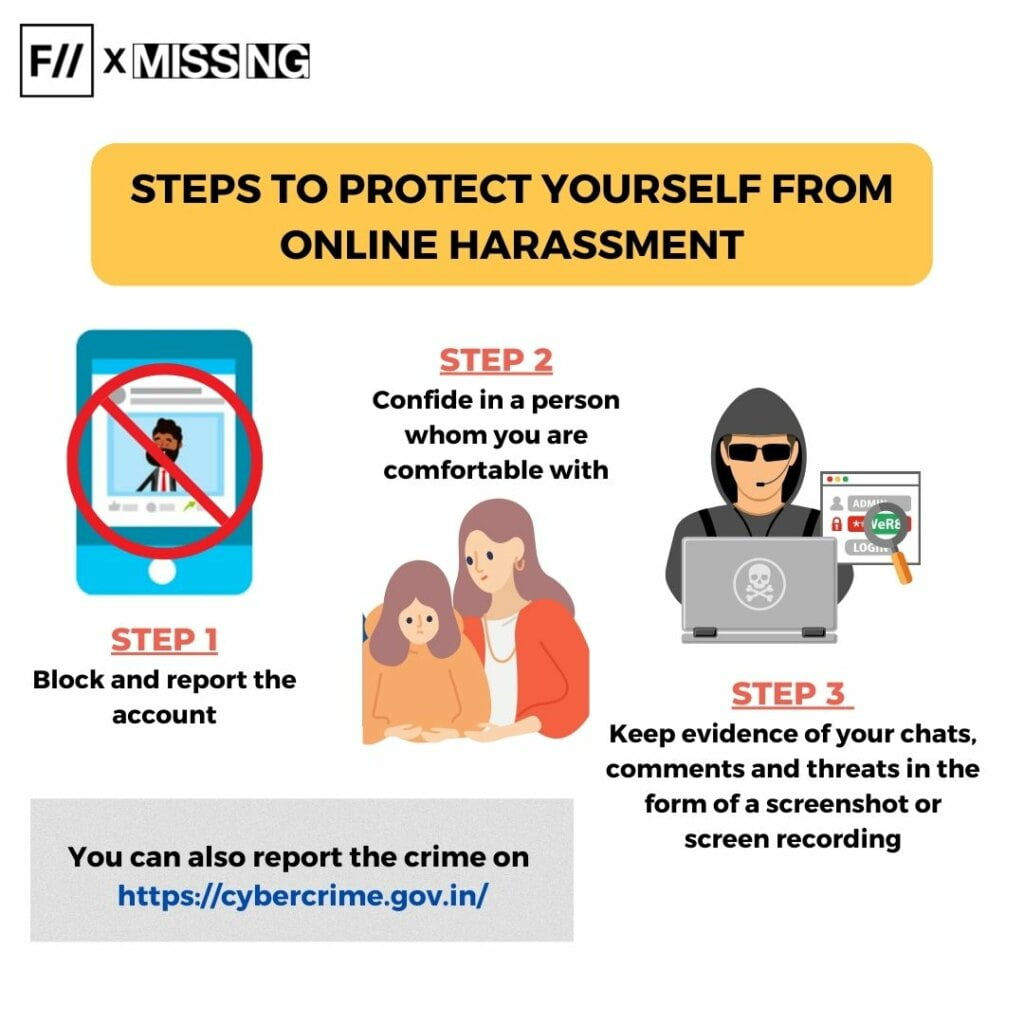
Helplines
- National Cybercrime Reporting Helpline Number – 155260
- Financial Fraud Helpline Number – 1930
- National Help- Line – 112
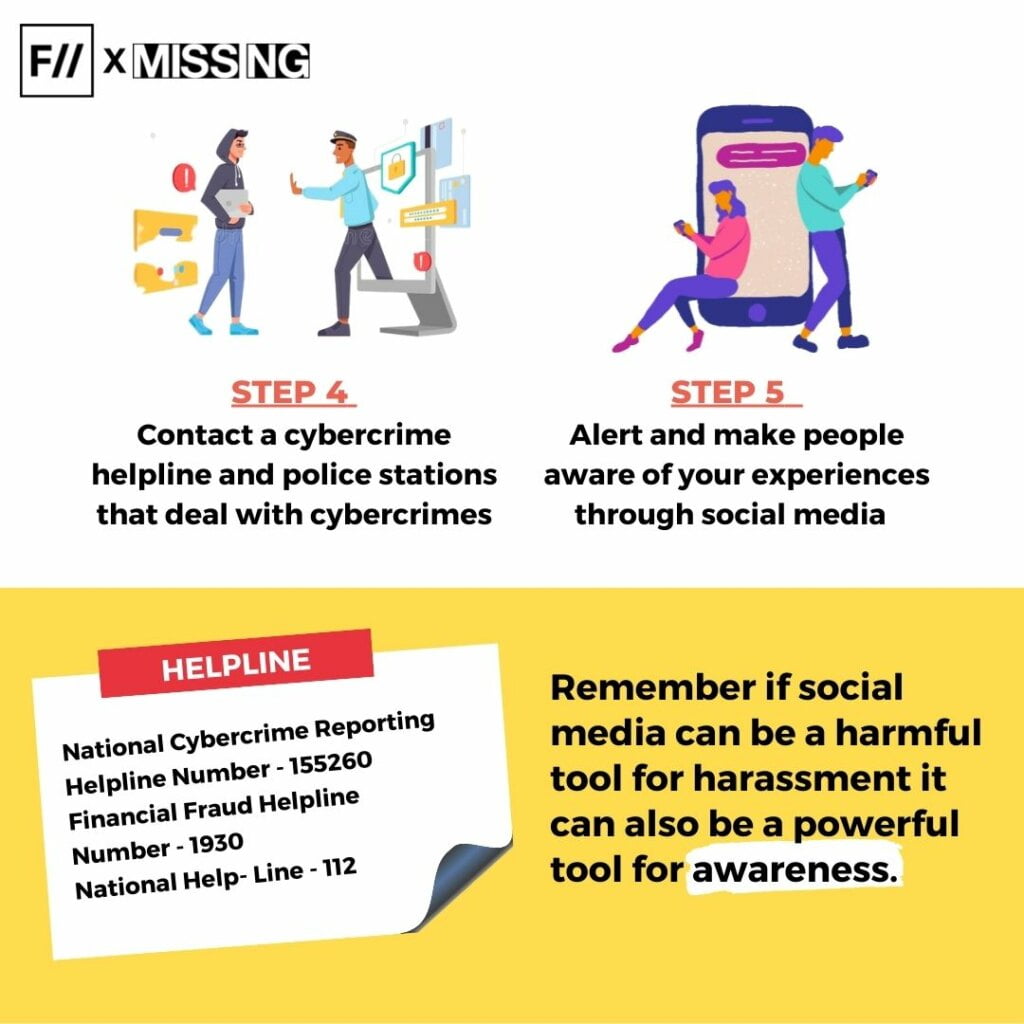
About the author(s)
Vedika is an intersectional feminist who uses cinema and everyday experiences to talk about issues rooted in the vernacular. She loves to bake and travel around the country to explore different cultures and write down people’s stories. Vedika hopes to get an opportunity to cover such stories around the world. She is also a romantic who loves to read poems, personal essays and won’t mind vibing to slow songs
